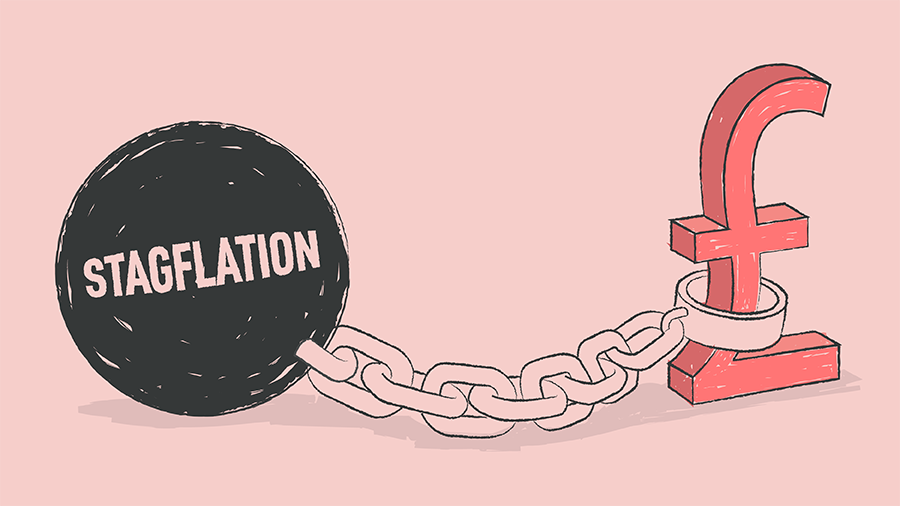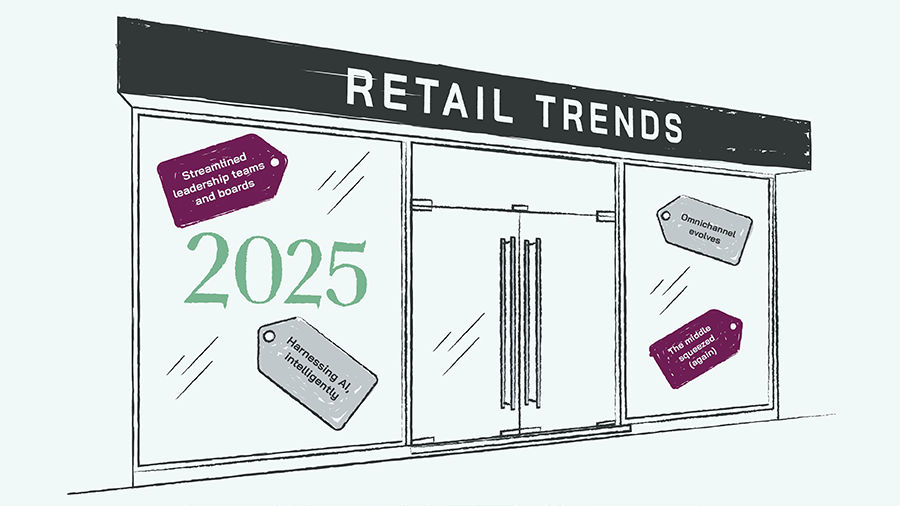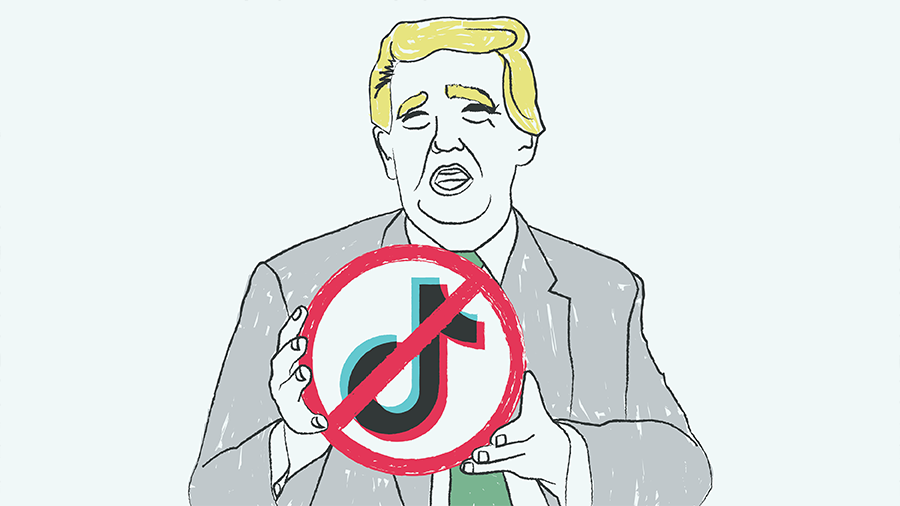
Furlough, a word many of us were unacquainted with before, now seems to be on the lips of every business reporter.
Slowing down business, or pulling the brakes, is not an easy decision to make. Balancing the books alongside employees is a juggling act many leaders are facing. Some of them are making headlines for all the right reasons, like Buzzfeed’s CEO Jonah Peretti who is forgoing pay for a year. Others for the wrong reasons – we’re looking at you Mike Ashley. However, this isn’t a black and white situation and whilst Ashley has made himself a pantomime villain, not all CEOs can afford to forfeit their salary.
There aren’t any ‘winners’ when it comes to furlough, but as leaders, it’s our job to find the solutions that will keep our businesses alive, whilst not forgetting the importance of our team. These are the people you will need when we find our new normal.
Having operated through the financial crisis, we’re well versed in guiding clients on the best way to have these difficult conversations. Below we’ve given three crucial steps to do so. But first, we spoke to Gareth Dando, Solicitor and Senior Associate Ramsdens, to answer the most asked questions on furloughing employees.
Furlough: The basics by Gareth Dando
Who can access it?
- Any employer which has a UK bank account and started a PAYE payroll scheme on or before 28th February 2020 can apply.
What staff are exempt?
- Anyone hired after 28th February 2020
- Those in receipt of Statutory Sick Pay (SSP)
- Those in receipt of Statutory Maternity Pay or Maternity Allowance.
What contributions are made?
- The government will pay them cash grants by way of HMRC reimbursement of 80 per cent of their wage costs up to a cap of £2,500 as long as the employee stays employed
Do I need to pay the extra 20%?
- The employer can top up the 80% to full salary at their discretion. If they don’t, they need to agree with the employee a variation in the employment contract to reduce pay.
How long will it last?
- The scheme is to run for 3 months starting from 1st March 2020 but may be extended
Can I put staff on furlough and then take them back off it before the 3 months is over?
- Employees must be furloughed for a minimum of 3 weeks
What can and can’t staff do on furlough?
- Staff cannot work on furlough (though directors can continue to carry out their statutory duties). They can volunteer or take part in training, however, neither of these activities can generate revenue.
Can I reduce the hours of my staff and still furlough them?
- No. Employees cannot undertake any work for their employer whilst furloughed. The cost of employees who continue to work, but are on reduced hours due to the COVID-19 outbreak, cannot be supported by the JRS.
How do employers access the grant
- Once employees have been designated as furloughed, employers will need to submit information regarding them to HMRC through a new online portal.
- HMRC is yet to confirm when this portal will be available, and what specific information they will require over and above furloughed workers’ salary costs. However, they expect the scheme to be up and running by the end of April.
Who to put on furlough and how to do it

Take time to consider your team. Who are the essential workers you need to continue operating and who can you afford to put on furlough? It might be that you can break this down by department. You need to be fair and considerate when making this decision. If you need to furlough staff and can’t make a clear decision, for example with a smaller team where everyone is equal, ask for volunteers to work on furlough.
Conversations like this are never enjoyable, but you must communicate clearly to your team what will happen. Everyone is feeling anxious at the moment. As a leader, it is your job to ease that concern as much as possible by being honest and supportive.
Here are the steps to take when putting staff on furlough:
Communicate appropriately
Make sure you are communicating to your staff via the normal method you would share important updates as a company. For example, if you speak to someone most days face-to-face or on the phone, do not just send them an email with the news. If it is an entire department, you might want to host a video conference to tell them all at once. Be ready to answer any questions they might have and make time to do this.
In larger organisations, it might make more sense for department heads to handle the news or store managers within retail. As the leader, it is your job to ensure staff are trained to deliver the news and answer any queries. If you have casual staff, and you normally commission or communicate with them solely on email or text, then informing them via those channels might make more sense. That said, if you’re in any doubt always call. It can have huge negative impacts on your staff as well as the appearance of your brand if you seem flippant at this time.
Be empathetic
These are unsettling times. Anxiety and concerns around making ends meet are impacting the nation and you need to be sensitive to this when approaching the topic. A 20% wage reduction can have huge impact on a family. Whilst it’s never fun to be the bearer of bad news, you need to consider these anxieties when approaching your employee. Try and be as transparent as possible with regards to how long you expect this to go on and the support you can offer them.
Over-communicate not under
Once furloughed, don’t let staff fall by the wayside. Make sure you have a comms plan in place to dictate when you will provide them with updates on the situation. Will you send a weekly update, or host a monthly video meeting to update the team? Ensure staff know when this will be, put dates in the diary and stick to them.
Don’t be a stranger – if these are valued staff members make sure they know that.
Stay up-to-date
These are unprecedented times (yes, we said it) and the goalposts often feel as though they are moving. We will keep this article up to date as possible to help provide accurate guidance.
If you are struggling to evaluate your team or considering what job roles your business might need in the future, please get in touch.
















